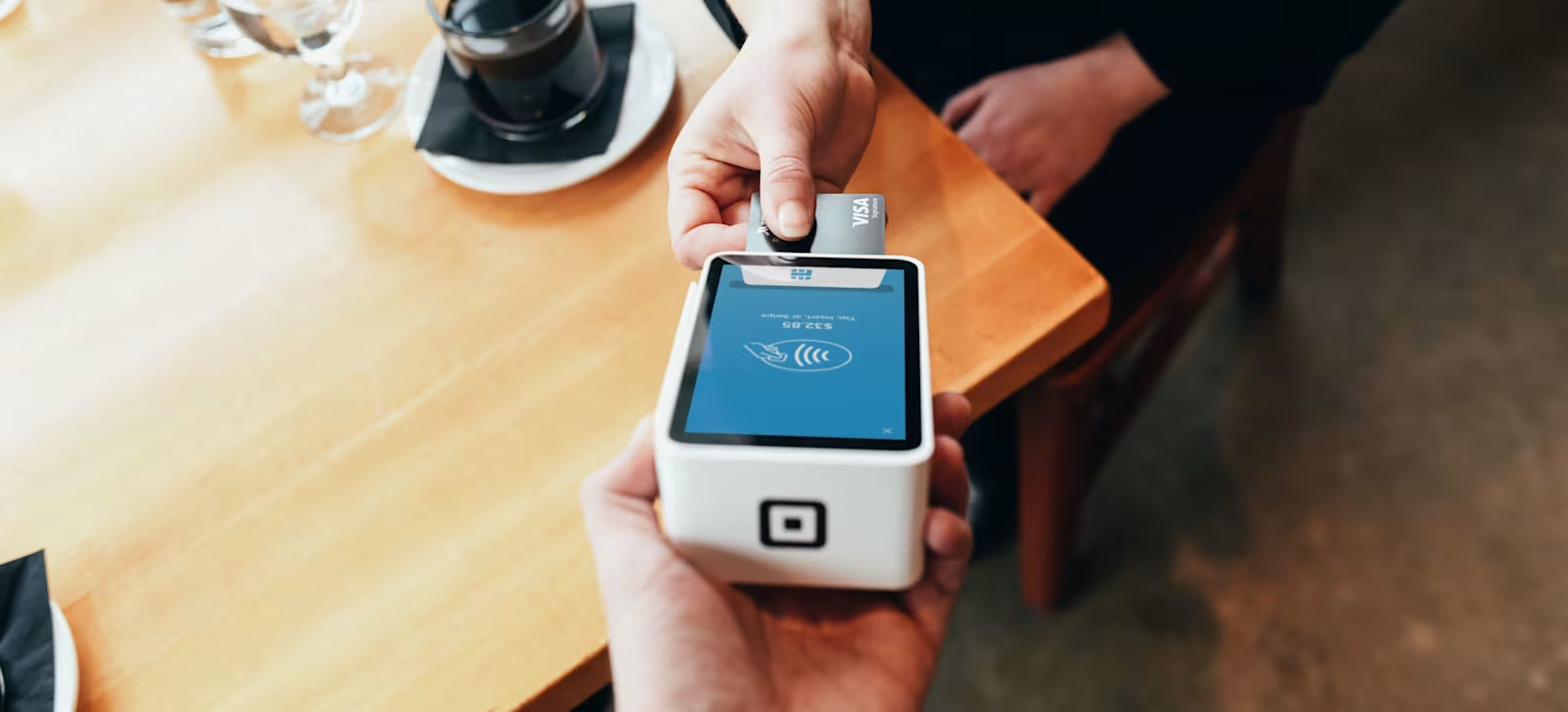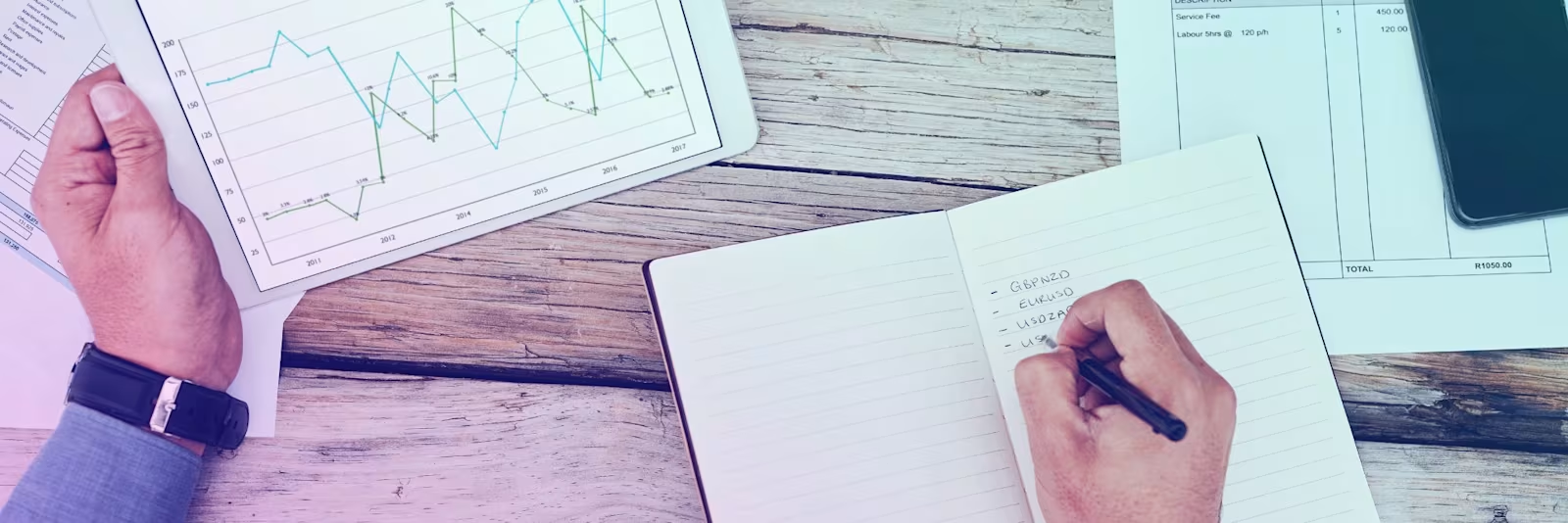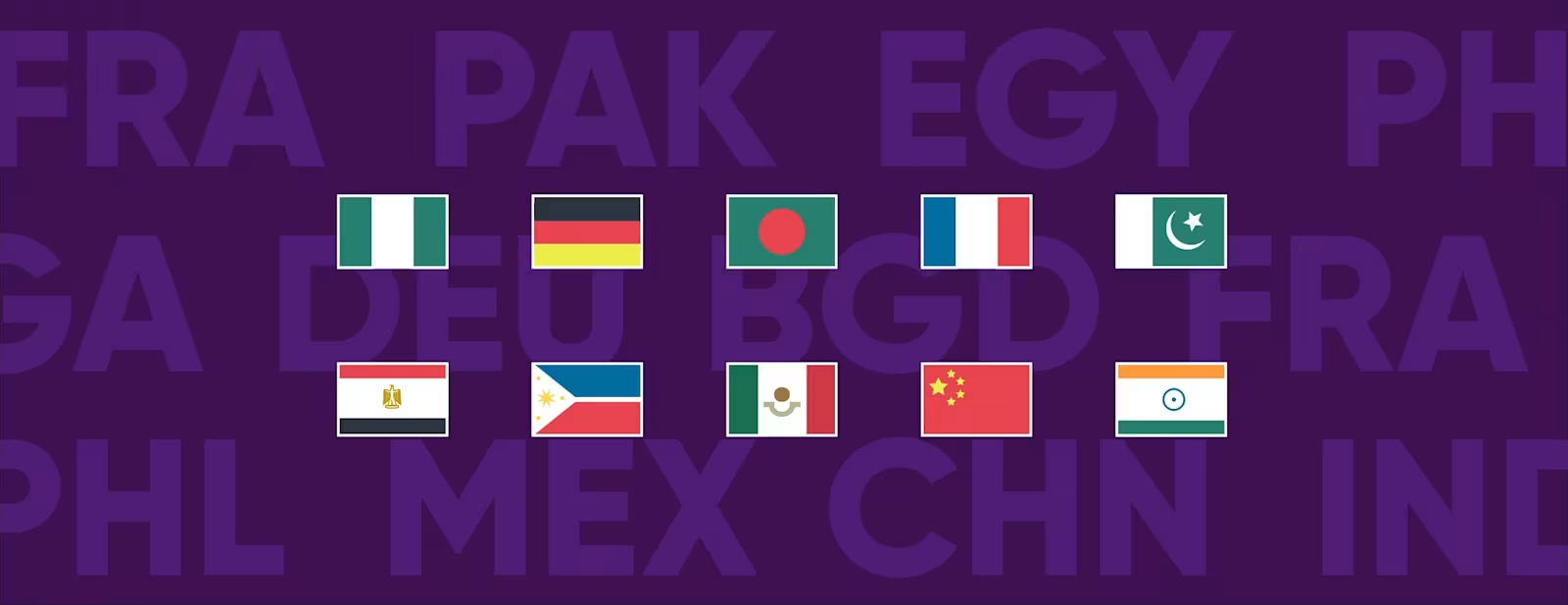Are SWIFT, BIC, and IBAN the same? The differences explained
International money transfers can be confusing – especially with so many terms being thrown around. If you’re not familiar with things like IBANs, SWIFT, or BIC, there’s a good chance sending money abroad might feel like more trouble than it’s worth.
Fortunately, these acronyms are a lot easier to understand than they might initially seem. Today, we’re going to assess what each of these three terms mean, as well as the differences between each of them.
WorldRemit Content Team
• 4 mins read • Updated
What is SWIFT?
SWIFT stands for the Society for Worldwide Interbank Financial Telecommunications. It serves as a messaging network for banks to be able to communicate and send vital, private data. There are more than 11,000 members of SWIFT, all of whom use the service to make sure financial transactions are safe and secure.
Each institution that uses SWIFT will be assigned a unique ID code, which lets all other members know what bank is trying to transfer funds with them, from what account, and where to.
The code, which will be instantly recognisable to the recipient’s bank, will be formatted in the following pattern:
AAAA - Bank code
BB - Country code
CC - Location code
123 - Branch code
A code will always be 8-to-11 characters in length, with no two ever being the same. In essence, SWIFT serves as the centralised hub for banks all over the world to communicate through and ensure transfers are safe and accurate.
Read more about SWIFT in our handy guide.
What is a BIC?
A BIC (Bank Identifier Code) is the name given to the unique SWIFT code we’ve previously discussed. It’s that 8-to-11 digit number which banks use as a form of financial ID to work out who you are and where you want your money to go.
That might sound a little confusing, so think of it this way:
BIC and SWIFT are not the same thing – SWIFT is the organisation which helps banks communicate when processing international money transfers
BIC and SWIFT codes are the same thing – The Bank Identifier Code is the name given to the unique ID which SWIFT assigns to banks in their group
As such, ‘BIC’ and ‘SWIFT code’ can be thought of as interchangeable terms.
What is an IBAN?
An IBAN is the acronym given to an International Bank Account Number. This is the unique code which allows banks all across the world to be able to identify your exact account. You’ll need to know the IBAN of the account receiving the money if you’re trying to make an international payment.
An IBAN will be a lot longer than a BIC, as it needs to contain information regarding:
Your country code
A check code (an algorithmic program used for security purposes)
Your bank identifier
Your exact account number
All of that means an IBAN can quite easily stretch to as many as 34 characters in length. Here’s what this kind of identifier code can look like, using a British account as an example:
GB - Country code
13 - Check number
ABCD - Bank identifier
12345678901234 - Account number
Your IBAN will always be automatically assigned to you.
If you’d like to learn more about IBANs, be sure to read our guide.
The differences between SWIFT, BIC, and IBAN
With all that in mind, let’s break down the major differences between all three of these financial terms.
The easiest way to think about them is as part of a cycle. Each component is required for an international bank transfer to be successfully processed.
Let’s approach the differences by looking at how each are used along every step of the transfer:
Step 1 – You want to make a transfer. In order to do so, your bank will reach out to another SWIFT member to make contact and initiate the switch.
Step 2 – In order for the banks to be able to communicate properly, the BIC (or SWIFT code) which corresponds to your bank will be sent via the SWIFT communication system.
Step 3 – Once that has been verified, SWIFT will use the IBAN of the person you’re transferring money to, to identify what account it needs to go into.
To summarise:
SWIFT – The Society for Worldwide Interbank Financial Telecommunications, is a messaging network banks across the world use to talk to each other.
BIC – A Bank Identifier Code, is the unique reference code which tells the SWIFT network which bank is involved in a transaction.
IBAN – An International Bank Account Number, which tells the bank what account money needs to be transferred into.
SWIFT, BIC, and IBAN FAQs
While you probably have a better understanding of the differences between these three banking terms, you may still have questions. Here are some of the most common questions people ask about each, as well as a solution.
What specific services do SWIFT provide?
The core service of SWIFT is to transfer messages and payment orders securely between banks on an international scale. It is not a bank itself, meaning that it won’t:
Hold accounts
Clear a transaction
Settle a transaction
Instead, you can expect SWIFT to:
Connect banks globally
Sent direct private messages between financial institutions
Help banks safely identify what account money is going from and into
How do I find my BIC?
You’ll often be able to find a bank’s BIC by checking either your bank statement, or the bank’s website. In the case of the website, try looking for a BIC (or SWIFT code) in the following places:
On a dedicated page
By manually searching for “BIC” or “SWIFT code”
Checking the FAQs of your bank’s international payments section
How do I find my IBAN?
You will need to have your IBAN and that of the person you’re transferring money to in order to move money. Just as with a BIC, an IBAN should be included on any digital or paper bank statements. Failing that, you can reach out to your bank directly and ask them.
Can I generate a valid IBAN?
It might surprise you to know that you can also generate your IBAN. This doesn’t mean you’re creating a new number. Rather, it allows you to enter details like your account number, sort code, and country into an IBAN calculator tool, in order to generate what yours looks like.
If you’re worried that the IBAN you generated isn’t correct, you can double check it using a validation checker.
Which countries use IBANs?
Not all countries use IBANs as part of international money transfers. Make sure to check out this IBAN registry for further information on the places where the number is or isn’t required.
Back to homeWorldRemit allows customers to stay connected and support their loved ones. Our Content Team plays an integral part in that. We celebrate the global community and help you to achieve your ambitions.





